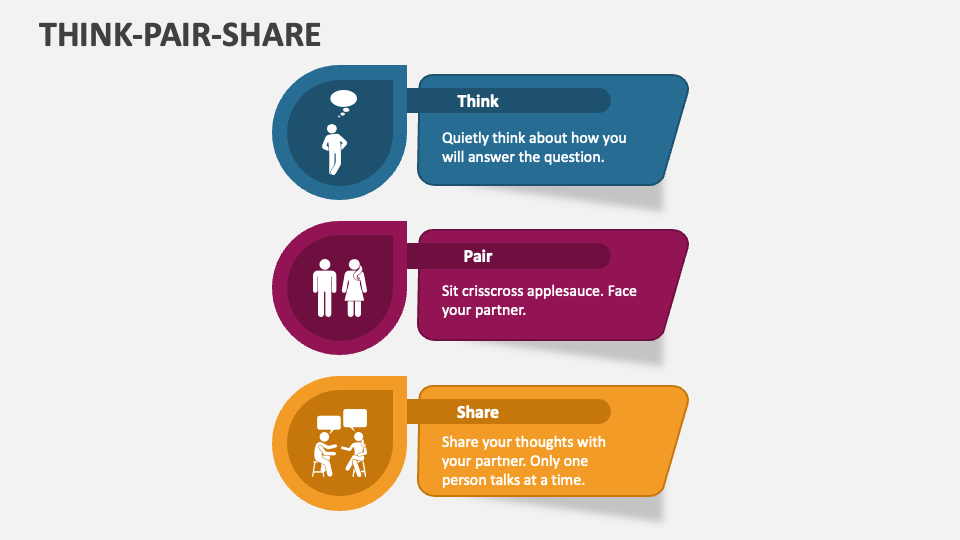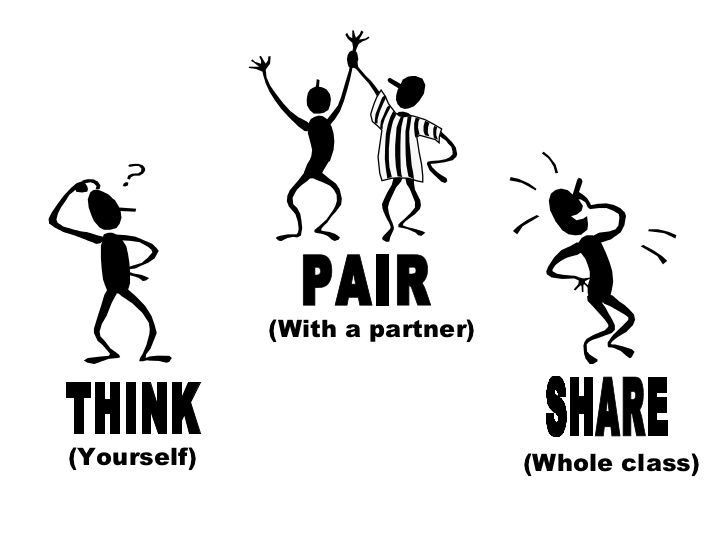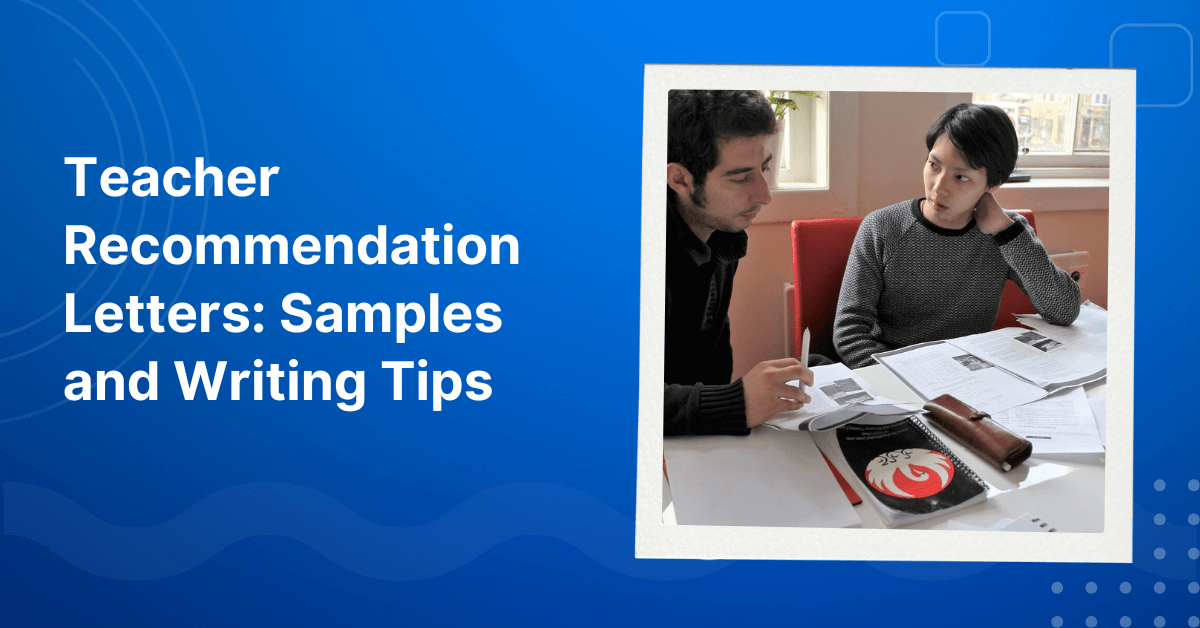In the development of education, the quest for innovative and engaging teaching methods always remains an enduring pursuit. Educators continuously seek strategies that foster active participation, critical thinking, and meaningful collaboration among their students. One powerful strategy that can promote active participation and enhance student engagement is the Think-Pair-Share activity. In this article, we delve into the benefits of Think-Pair-Share activity to captivate your classroom. Let’s together VTJ explore this technique!
>>>Read more: Importance of Group Work in Teaching: Benefits & Examples
>>>Read more: 120+ High and Middle School Debate Topics for Students

What Is A Think-Pair-Share Strategy? Think-Pair-Share strategy is a three-step activity designed to promote active engagement, and collaborative learning
The Think-Pair-Share strategy, often abbreviated as TPS, is a highly effective and widely used pedagogical technique in the realm of education. It’s a structured, three-step activity designed to promote active engagement, critical thinking, and collaborative learning among students in the classroom.
- Think: In the first phase, students are given a specific question, prompt, or topic related to the lesson. They are instructed to take a moment to think individually about their response. This step encourages students to process and reflect on the information or concepts presented.
- Pair: After the thinking phase, students are asked to pair up with a classmate. In pairs, they share their thoughts, ideas, or responses to the given question or prompt. This peer interaction allows students to articulate their ideas, listen to their partner’s perspective, and engage in a collaborative discussion.
- Share: Finally, the teacher facilitates a class-wide discussion where a few pairs or individuals are invited to share their insights, responses, or conclusions with the entire class. This sharing phase encourages active participation and gives students the opportunity to hear a variety of perspectives on the same topic.
>>>Read more: Project-based learning (PBL): Benefits, Examples & Ideas
>>>Read more: 13 Types of Students in the Classroom and How to Deal with Them

Why Use Think-Pair-Share Activities? Benefits Of Think-Pair-Share Strategy
Think-Pair-Share activities offer several benefits that contribute to a positive learning experience for students. Here are some advantages of incorporating this strategy in the classroom:
- Enhanced Comfort and Participation: The Think-Pair-Share activity creates a safe and relaxed environment for students to express their thoughts. By discussing ideas in small groups, students feel more comfortable sharing their perspectives compared to speaking in front of the entire class. This increased sense of safety encourages greater participation and engagement from students who may be hesitant to speak up in larger settings.
- Improved Speaking and Listening Skills: Engaging in discussions with a partner during the Pair stage of the activity helps students develop their speaking and listening skills. As they brainstorm and exchange ideas, students have the opportunity to articulate their thoughts and actively listen to their partner’s contributions. This process enhances their ability to communicate effectively and attentively, fostering stronger oral communication skills.
- Collaborative Learning and Knowledge Expansion: Think-Pair-Share promotes collaborative learning, allowing students to learn from one another. During the Pair stage, students have the chance to share their knowledge and perspectives, expanding their understanding of the topic. This collaborative approach encourages students to build on their prior knowledge and learn new vocabulary and concepts from their peers.
- Engaging and Interesting Discussions: The Think-Pair-Share activity often generates lively and thought-provoking discussions among students. By encouraging them to share their ideas and engage in meaningful dialogue, this strategy stimulates critical thinking and fosters a deeper understanding of the subject matter. Students’ diverse perspectives and unique insights can lead to interesting and enriching classroom conversations.
- Flexibility and Adaptability: Think-Pair-Share is a versatile strategy that can be adapted to various grade levels and subjects. Whether you are following a pre-designed lesson plan or creating your own open-ended questions, this activity can be seamlessly integrated into your teaching approach. Its flexibility allows for customization based on the specific needs and interests of your students.
>>>Read more: Meaningful Feedback for Students: Importance, Tips and Examples
>>>Read more: What is Independent Learning and How It Works: A teacher’s guide

How To Use Think-Pair-Share Strategy To Engage Your Students
Implementing the Think-Pair-Share strategy effectively requires careful planning and execution. To engage your students using this technique, consider the following steps:
- Select a thought-provoking question or topic: Choose a question or topic that encourages critical thinking and discussion. Ensure it is relevant to the curriculum and aligns with the learning objectives.
- Explain the process: Introduce the Think-Pair-Share activity to your students, explaining the three stages: thinking individually, discussing with a partner, and sharing with the whole class. Clarify the expectations and guidelines for each stage.
- Think individually: Give students time to think silently about the question or topic. Encourage them to jot down their ideas or make notes to organize their thoughts.
- Pair students: Pair students with a partner, preferably someone they don’t usually work with. This promotes diversity of ideas and encourages students to engage with different perspectives.
- Discuss ideas: Allow students to share their thoughts and discuss the question or topic with their partner. Encourage active listening and respectful communication.
- Manage time and transitions: Ensure that students understand how they should spend their time during the activity. Encourage them to switch roles between speaking and listening, allowing each person to share their thoughts. Remind them to finish their thoughts before transitioning to the next stage or topic.
- Report out on behalf of the group: After the discussion phase, prompt students to report out on behalf of their group. This can be done by selecting a few students to share their group’s thought process or answer. Highlight that there may be differences in thought processes among groups, and it is valuable to hear different perspectives.
>>>Read more: What Is Inquiry-Based Learning (IBL)? Types, Benefits & How to Use
>>>Read more: 10+ Strategies of How to Teach Reading Comprehension in the Class
>>>Read more: 5 Types of Teaching Styles (Their Pros & Cons)
The Think-Pair-Share activity is a powerful tool that can greatly enhance student engagement and learning in the classroom. By incorporating the Think-Pair-Share activity into your teaching practice can transform your classroom into a dynamic and engaging space where students actively participate in their own learning. So, why not give it a try and witness the positive impact it can have on your students’ learning journey?
FAQs
My students are not talking to each other, how do I get them to start talking and engage in the activity?
To promote student engagement and conversation, choose compelling discussion topics, and set participation expectations. Use strategies like icebreakers and structured discussion formats like Think-Pair-Share.
Discussion could go on for the entire class, how do we get back to the lecture?
If class discussions become lengthy, use time limits and visual cues to signal the end. Summarize key points to transition back to your lecture smoothly.
How could I use TPS as an assessment?
After the Share phase, you can have students individually write a brief reflection on what they learned or how their understanding evolved through the activity. Alternatively, you can assess their responses during the Pair phase to gauge their comprehension or problem-solving skills.
I want to do more with the PAIR time, is it appropriate for students to use their phones and computers to answer questions?
Using phones and computers during the Pair phase can be appropriate, depending on the learning objectives and classroom policies. However, it’s important to set clear guidelines and expectations for device use to ensure that it supports the learning process and doesn’t become a distraction.
Are you facing difficulties in finding and securing teaching positions in Vietnam? Are visa procedures causing you trouble? Feeling overwhelmed and directionless upon your arrival in Vietnam for teaching assignments? Don’t worry, VTJ’s English Teaching Placement in Vietnam (EPIV) Program 2024 provides comprehensive support to solve ALL the matters.
👉👉👉 Click HERE to request free consultation



